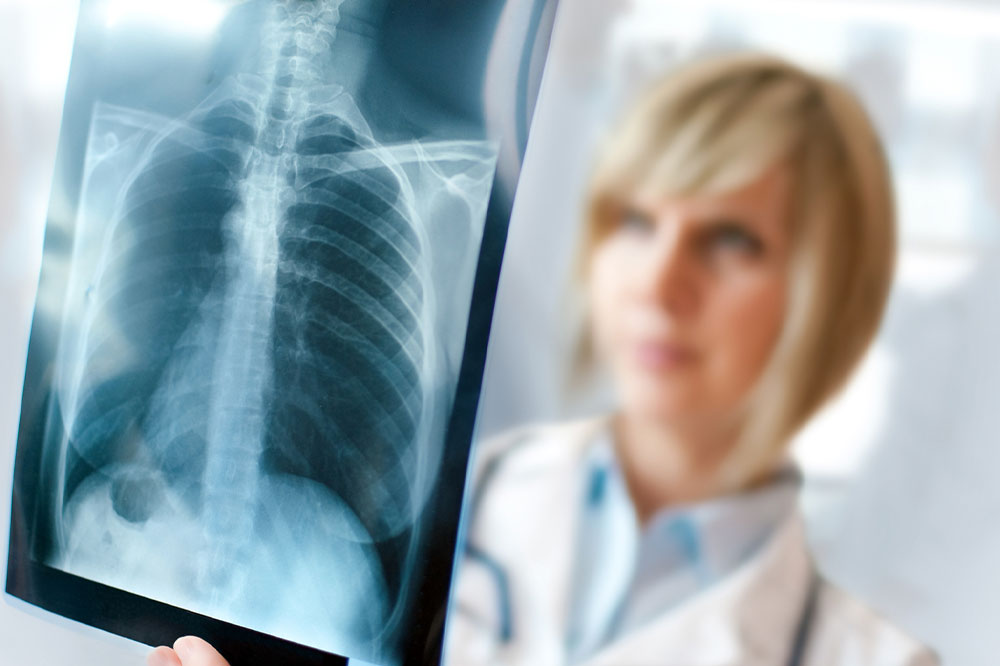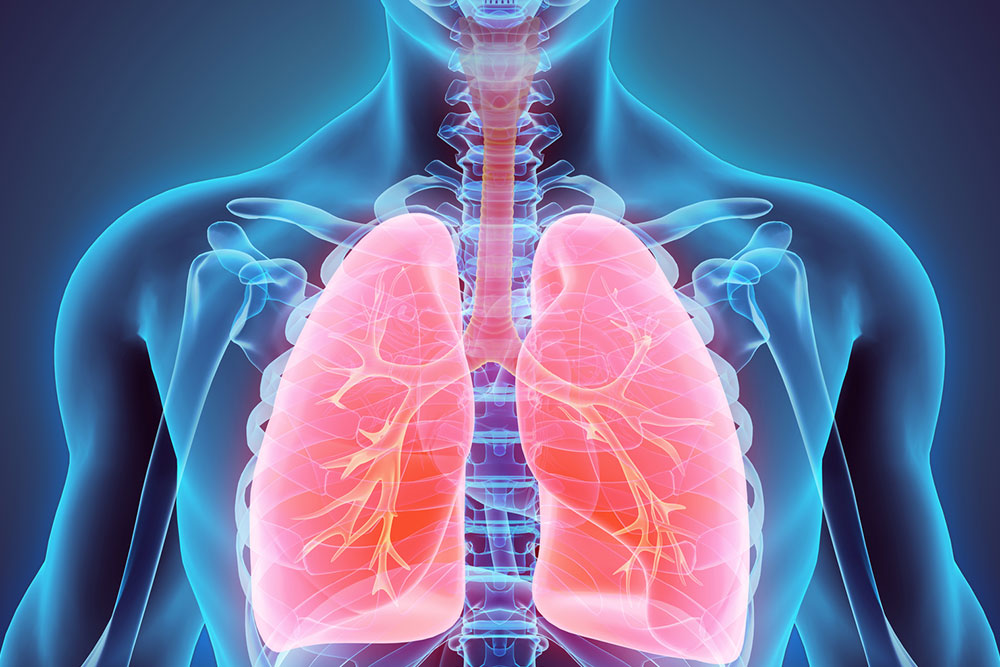In-Depth Guide to Lung Cancer: Symptoms, Detection, and Treatment Perspectives
This comprehensive guide explores lung cancer, detailing early symptoms, diagnostic methods, and the latest treatment strategies. Emphasizing early detection and lifestyle changes, it offers valuable insights for patients and healthcare providers aiming to improve outcomes. Covering surgical, radiological, and targeted therapies, the article highlights integrative approaches for effective management of lung cancer, along with preventive measures to reduce risk. Aimed at raising awareness, it emphasizes the importance of timely intervention and healthy living in battling this formidable disease.

Comprehensive Understanding of Lung Cancer: Symptoms, Diagnosis, and Treatment Strategies
Lung Cancer Overview: Recognizing Symptoms and Exploring Treatment Options
Lung cancer remains one of the most prevalent and serious forms of cancer worldwide, posing significant health challenges. Recognizing the early signs of lung cancer is crucial because early intervention greatly enhances the chances of successful treatment and improves patient prognosis. Initial symptoms are often subtle and can be mistaken for less severe respiratory conditions, which underscores the importance of awareness and regular health checkups.
Common Symptoms of Lung Cancer
Persistent Cough: A cough that persists over weeks or months, often becoming a chronic cough that may resemble that of a smoker, is a hallmark symptom. This cough may be dry or produce sputum, and over time, it can become increasingly uncomfortable and disruptive to daily life.
Coughing up Blood: Expectoration of blood, or hematoptysis, is a serious warning sign. The blood may appear fresh or be rust-colored, indicating bleeding within the lungs. Any instance of blood in sputum warrants immediate medical evaluation to rule out malignancy or other severe conditions.
Fatigue and General Weakness: Patients often experience persistent tiredness and loss of energy, which can significantly impair daily activities. These symptoms tend to worsen as the disease progresses, reflecting systemic involvement.
Weight Loss and Reduced Appetite: Sudden and unexplained weight loss, combined with a diminished desire to eat, is frequently observed in advanced lung cancer. These symptoms result from the body's response to cancer and metabolic changes.
Recurrent Respiratory Infections: Increased frequency of chest infections such as pneumonia or bronchitis may occur, indicating an underlying abnormality within the lungs that requires medical investigation.
Symptoms of Advanced Lung Cancer
As lung cancer advances, the disease tends to spread beyond the lungs to other parts of the body—a process termed metastasis. Common sites affected include the brain, bones, and liver. Symptoms in these stages may include severe bone pain, jaundice due to liver involvement, persistent headaches, limb weakness, facial swelling, and palpable lumps near the collarbone or neck. Recognizing these signs is vital for timely diagnosis and management.Diagnostic Techniques and Treatment Modalities
Early detection plays a pivotal role in successful treatment. Diagnostic procedures include imaging studies such as chest X-rays, computed tomography (CT) scans, magnetic resonance imaging (MRI), and positron emission tomography (PET) scans. Confirmatory diagnosis often involves tissue biopsy—obtained via bronchoscopy, needle aspiration, or surgery—to determine the cancer type and stage.The choice of treatment depends on several factors, including whether the carcinoma is non-small cell lung cancer (NSCLC) or small cell lung cancer (SCLC), the extent of tumor spread, and the patient’s overall health status. The goal is to eliminate cancer, control symptoms, and improve quality of life.
Surgical and Non-Surgical Treatment Strategies
Surgery: Surgical removal of tumor tissue offers the best chance of cure for early-stage lung cancer confined to the lungs. Procedures range from lung lobectomy (removal of a lobe) to pneumonectomy (entire lung removal). The suitability for surgery hinges on the patient’s health and the cancer's location and stage.
Radiation Therapy: High-energy radiation offers a localized treatment option for patients unsuitable for surgery. It can shrink tumors, alleviate symptoms, and may be used in conjunction with other therapies. Stereotactic body radiotherapy (SBRT) is a targeted form often used for early-stage tumors.
Chemotherapy: A systemic therapy involving drugs that destroy rapidly dividing cells is commonly employed, especially for SCLC and advanced NSCLC. Chemotherapy can be delivered orally or intravenously and may be combined with other treatments to enhance effectiveness.
Targeted Therapy and Immunotherapy: Recent advances have led to the development of targeted treatments that interfere with specific molecular pathways essential for tumor growth. Drugs like tyrosine kinase inhibitors are used in patients with certain genetic mutations. Immunotherapy, which boosts the body’s immune response against cancer cells, is also increasingly utilized.
Preventive Measures and Lifestyle Modifications
Prevention remains the most effective strategy against lung cancer. Quitting smoking significantly reduces risk, as smoking is the leading causative factor. Avoiding passive inhalation of tobacco smoke, reducing exposure to environmental pollutants, and ensuring good indoor ventilation are vital steps. Regular health screenings, especially for high-risk groups such as long-term smokers, can facilitate early detection.Adopting a healthy lifestyle—balanced diet rich in antioxidants, regular physical activity, maintaining a healthy weight—can help bolster overall health and potentially lower cancer risk. Consuming foods with known anti-cancer properties, such as fruits, vegetables, and whole grains, further supports preventive efforts.
In summary, understanding the complex nature of lung cancer—from symptoms and diagnosis to innovative treatment options—empowers patients and healthcare providers to take proactive steps in managing this disease. Early detection and personalized treatment approaches significantly improve survival rates and quality of life for affected individuals.





